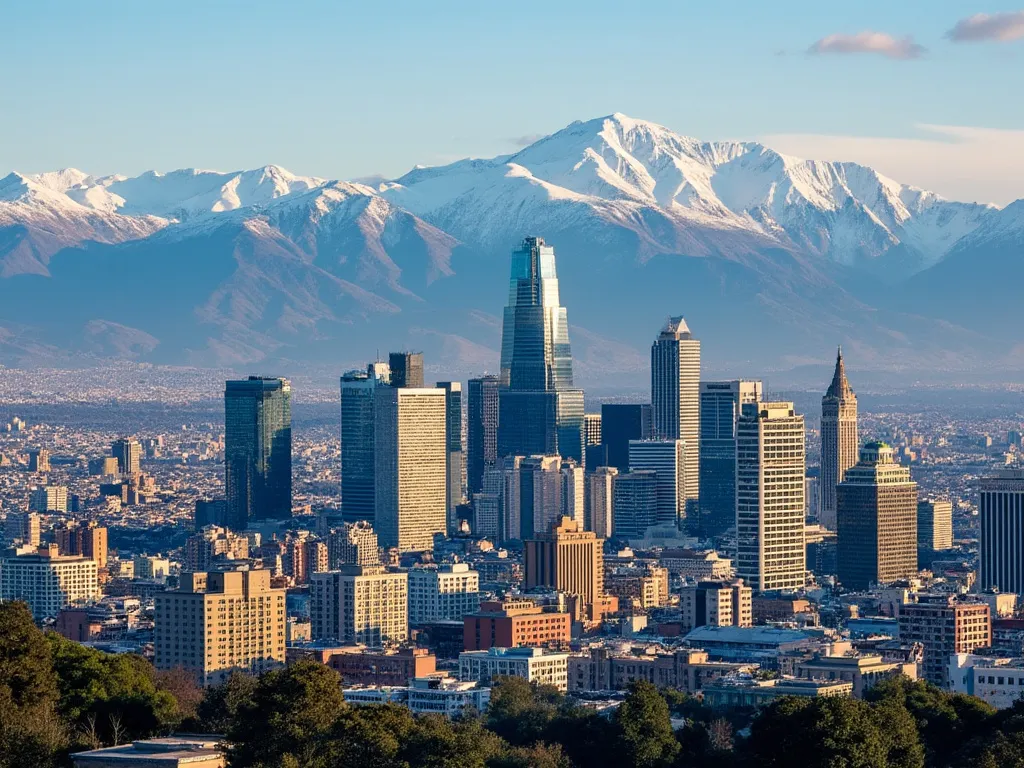
Santiago, the capital and largest city of Chile, is a vibrant and cosmopolitan metropolis nestled in the central valley of the country. With a rich history dating back to the 16th century, Santiago has evolved into a modern and thriving city, offering a unique blend of colonial architecture, cultural attractions, and stunning natural scenery.
Santiago information
| Country | 🇨🇱 Chile |
| Population | 5,200,000 |
| Coordinates | 33°27′S 70°40′W |
| Area | 641 km² |
| Climate | Mediterranean |
| Language | Spanish |
| Currency | Chilean Peso (CLP) |
| Time zone | CLT (UTC-3) |
| Proximity to other major cities | Valparaíso (120 km), Viña del Mar (130 km), Mendoza (340 km) |
Interesting facts about Santiago
- Santiago is home to the tallest building in South America, the Gran Torre Santiago.
- The city has a unique system of cable cars and funiculars, which connect the city's hills and neighborhoods.
- Santiago is one of the most polluted cities in the world, due to its geography and high population density.
- The city has a vibrant street art scene, with many murals and graffiti adorning the city's walls.
Tourist attractions in Santiago
- Plaza de Armas: The historic heart of the city, surrounded by colonial architecture and street performers.
- Cerro San Cristóbal: A hill offering stunning views of the city and the Andes Mountains.
- Barrio Lastarria: A trendy neighborhood known for its boutique shops, restaurants, and bars.
- Museo Nacional de Bellas Artes: A museum showcasing Chilean and international art.
Historical background of Santiago
Santiago was founded in 1541 by Spanish conquistador Pedro de Valdivia, who named the city after Saint James (Santiago in Spanish). The city played a significant role in the Spanish colonization of South America and was a major center of trade and commerce. During the 19th century, Santiago underwent significant modernization and urbanization, becoming the capital of Chile in 1818.
Geographical location of Santiago
Santiago is situated in the central valley of Chile, surrounded by the Andes Mountains to the east and the Coast Range to the west. The city is bisected by the Mapocho River, which flows through the heart of the city. Santiago's unique geography has created a microclimate, with a Mediterranean climate characterized by warm summers and mild winters.
Cultural significance of Santiago
Santiago is a city rich in cultural heritage, with a blend of indigenous, Spanish, and European influences. The city is home to numerous museums, galleries, and cultural institutions, including the National Museum of Fine Arts, the Museum of Memory and Human Rights, and the Teatro Municipal de Santiago. The city's vibrant cultural scene is also reflected in its many festivals and events, such as the Santiago International Book Fair and the Chilean Wine Festival.
Economic importance of Santiago
Santiago is the economic hub of Chile, accounting for over 40% of the country's GDP. The city is a major center for finance, commerce, and industry, with a strong focus on services, technology, and manufacturing. Santiago is also a major transportation hub, with the Arturo Merino Benítez International Airport serving as a gateway to South America.
Conclusion on Santiago
In conclusion, Santiago is a city that seamlessly blends history, culture, and modernity, offering visitors a unique and unforgettable experience. From its stunning natural scenery to its vibrant cultural scene, Santiago is a city that has something for everyone.
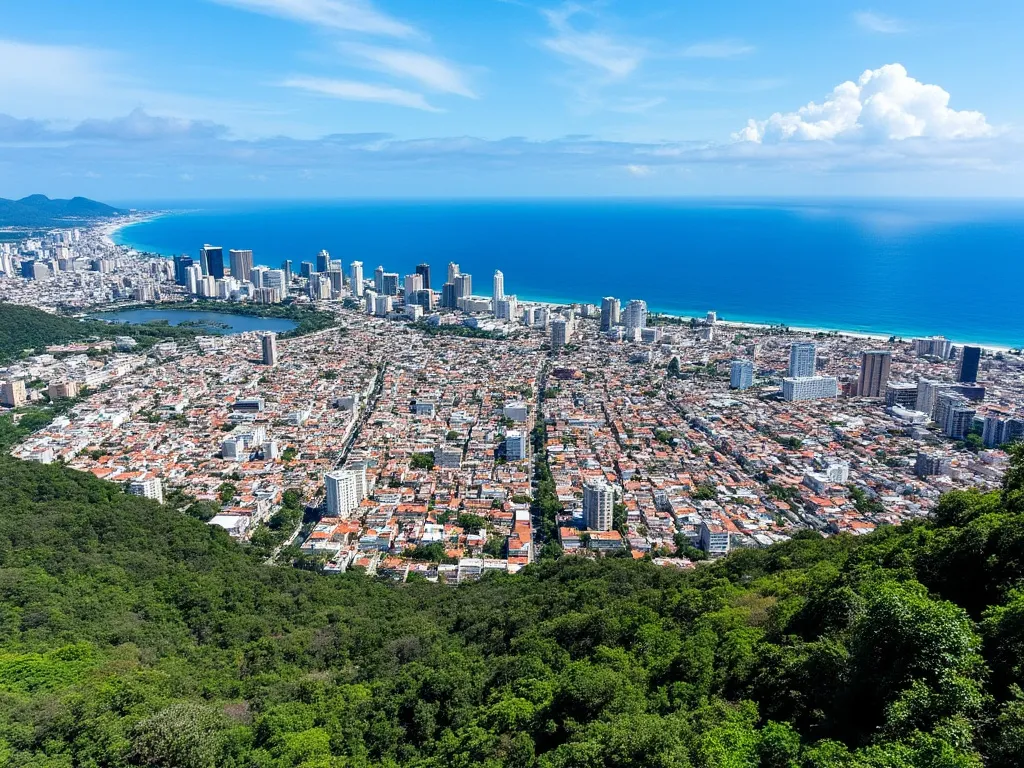 Santo Domingo
Santo Domingo
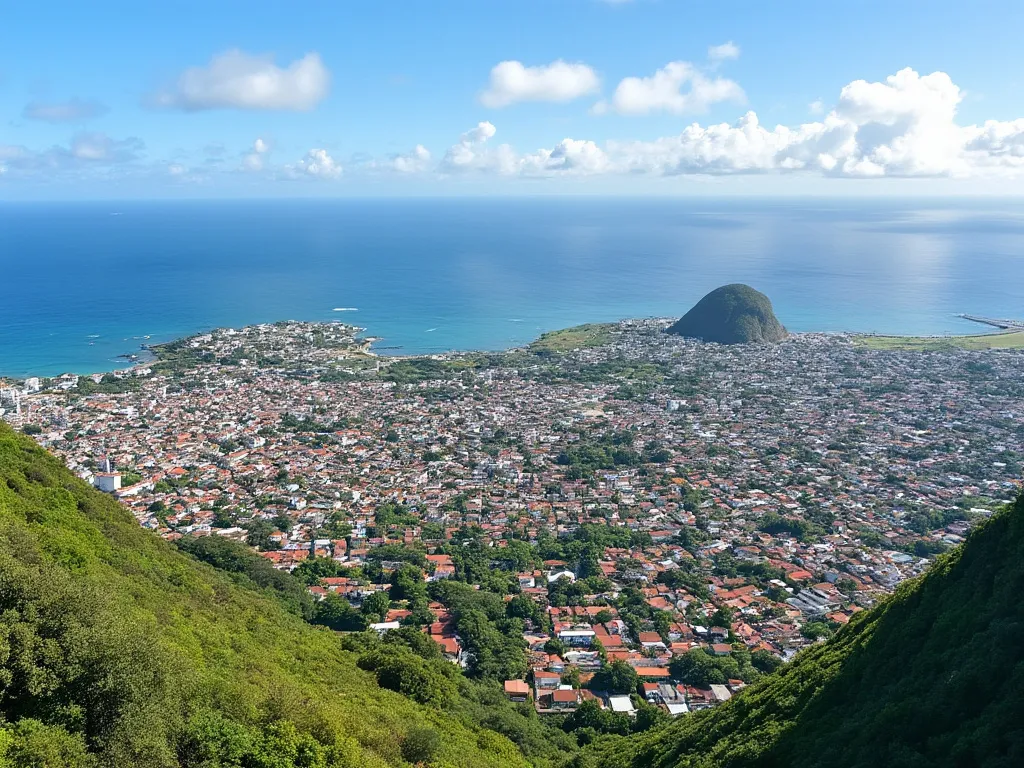 São Tomé
São Tomé
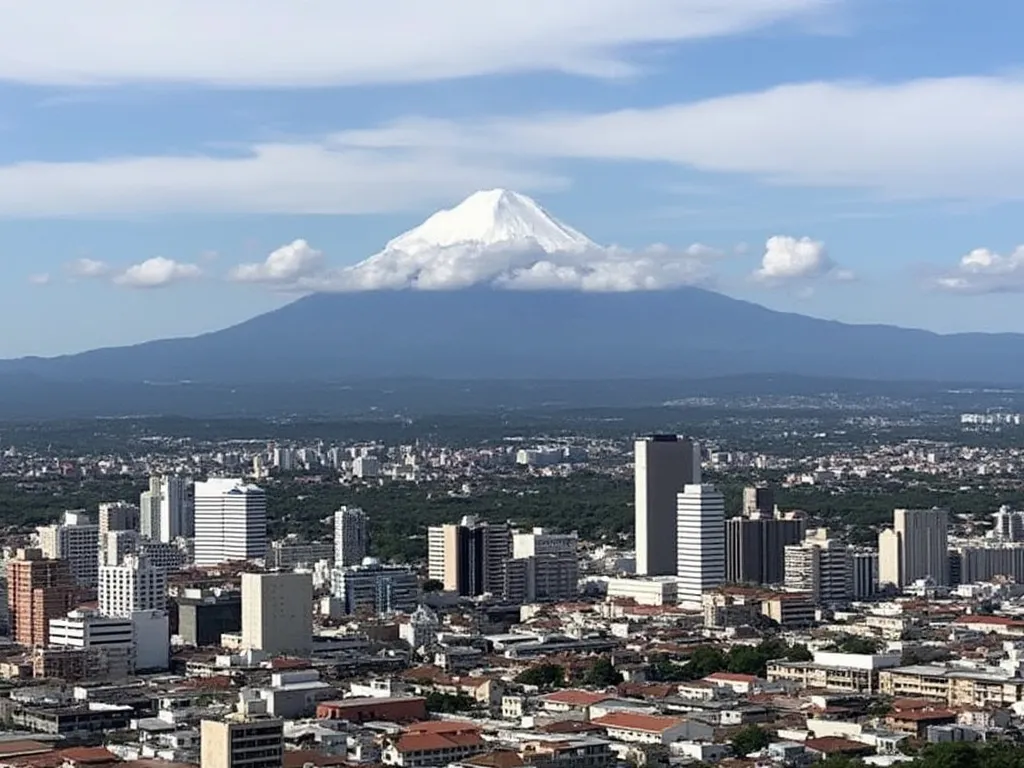 San Salvador
San Salvador
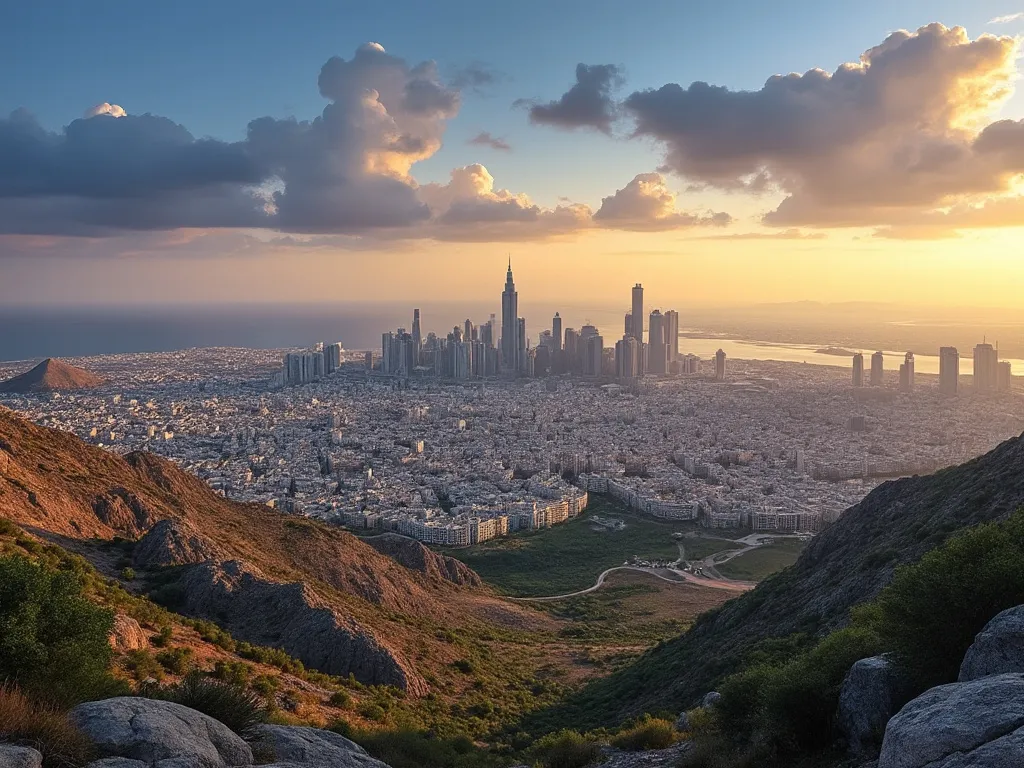 Sana'a
Sana'a